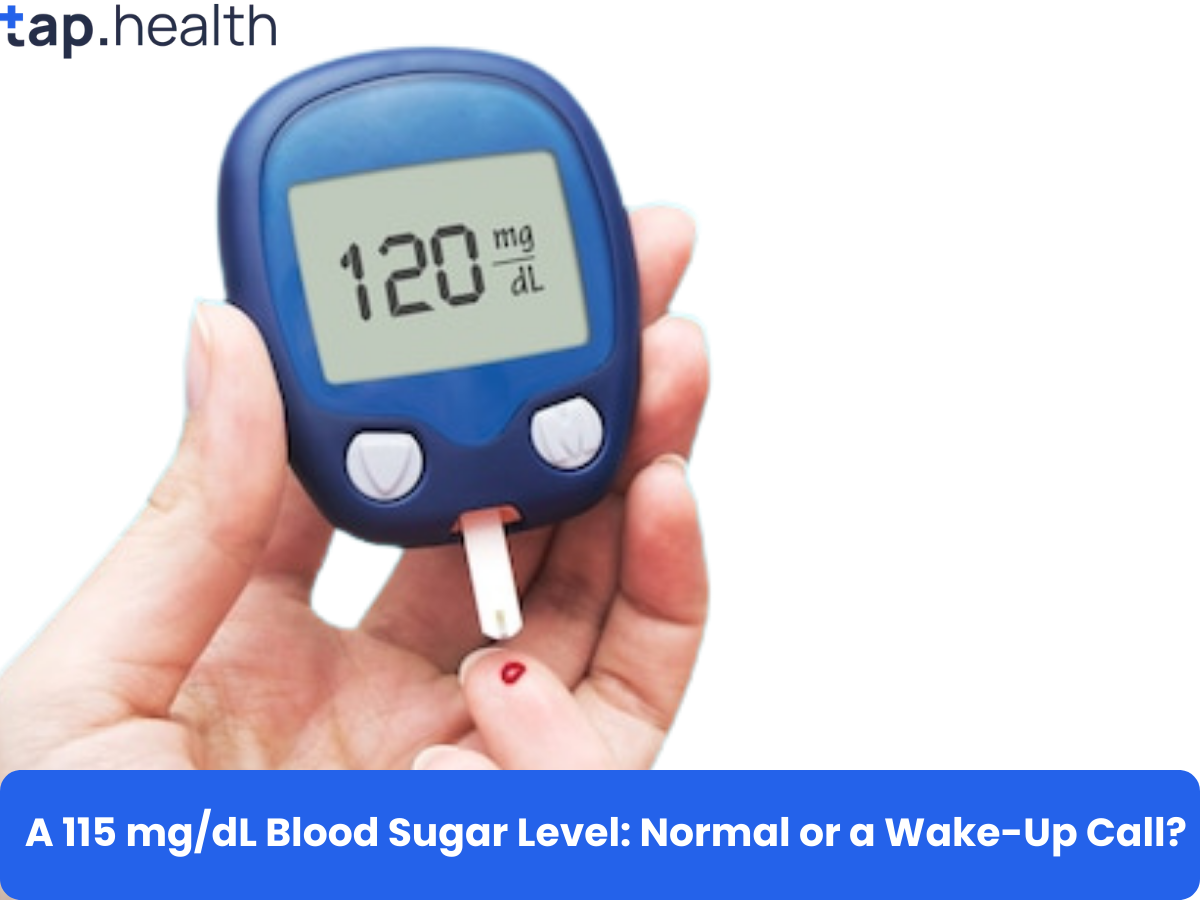Type 2 Diabetes is a common health condition that affects millions of people worldwide. Managing it doesn’t have to be complicated. With a few simple lifestyle changes, you can control your blood sugar levels and live a healthier life. This article will guide you through five easy steps to help manage Type 2 Diabetes effectively.
Introduction
Living with Type 2 Diabetes means your body struggles to use insulin properly, leading to high blood sugar levels. However, with the right lifestyle choices, you can manage this condition and reduce the risk of complications. Let’s explore five easy lifestyle changes that can make a big difference in managing Type 2 Diabetes.
1. Adopt Healthy Eating Habits
Understanding Nutrition
Healthy eating is crucial in managing Type 2 Diabetes. It helps control blood sugar levels, maintain a healthy weight, and reduce the risk of heart disease. Here are some simple tips to adopt healthy eating habits:
- Choose Whole Foods: Focus on whole grains, vegetables, fruits, lean proteins, and healthy fats. These foods are rich in nutrients and help keep blood sugar levels stable.
- Control Portion Sizes: Eating too much can lead to weight gain and higher blood sugar levels. Use smaller plates and be mindful of serving sizes.
- Limit Sugar and Refined Carbs: Foods like sugary drinks, candies, and white bread can cause spikes in blood sugar. Opt for complex carbohydrates like brown rice, quinoa, and whole wheat bread instead.
- Include Fiber: High-fiber foods help slow down sugar absorption. Include foods like beans, lentils, vegetables, and whole grains in your diet.
Practical Tips
- Meal Planning: Plan your meals ahead of time to ensure they are balanced and nutritious.
- Read Labels: Check food labels for sugar content and choose products with lower sugar levels.
- Healthy Snacks: Keep healthy snacks like nuts, fruits, or yogurt handy to avoid reaching for unhealthy options.
Example Meal Plan:
- Breakfast: Oatmeal topped with berries and a sprinkle of nuts.
- Lunch: Grilled chicken salad with a variety of vegetables and a vinaigrette dressing.
- Dinner: Baked salmon, quinoa, and steamed broccoli.
- Snacks: Apple slices with almond butter or a handful of carrots.
2. Engage in Regular Physical Activity
Benefits of Exercise
Regular physical activity is a key component in managing Type 2 Diabetes. It helps your body use insulin more efficiently, lowers blood sugar levels, and aids in weight management. Additionally, exercise improves heart health and boosts overall well-being.
Types of Exercises
- Aerobic Exercise: Activities like walking, jogging, swimming, or cycling increase your heart rate and improve cardiovascular health. Aim for at least 150 minutes of moderate-intensity aerobic exercise per week.
- Strength Training: Building muscle through weightlifting or resistance exercises helps your body use glucose more effectively. Include strength training exercises at least twice a week.
- Flexibility and Balance: Incorporate stretching or yoga to improve flexibility and reduce the risk of injuries.
Practical Tips
- Start Slowly: If you’re new to exercise, begin with short sessions and gradually increase the duration and intensity.
- Find Activities You Enjoy: Choose activities that you find fun to stay motivated.
- Set Realistic Goals: Set achievable goals to track your progress and stay encouraged.
Example Exercise Routine:
- Monday: 30-minute brisk walk
- Wednesday: 20 minutes of strength training (using light weights)
- Friday: 30-minute cycling
- Sunday: 15 minutes of yoga or stretching
3. Maintain a Healthy Weight
Importance of Weight Management
Maintaining a healthy weight is essential in managing Type 2 Diabetes. Excess weight, especially around the abdomen, can increase insulin resistance, making it harder to control blood sugar levels.
Strategies to Achieve and Maintain a Healthy Weight
- Balanced Diet: Follow a nutritious diet rich in whole foods and low in processed sugars and fats.
- Regular Exercise: Combine aerobic and strength-training exercises to burn calories and build muscle.
- Monitor Your Progress: Keep track of your weight, dietary habits, and physical activity to stay on course.
- Seek Support: Consider joining a weight loss group or consulting a dietitian for personalized advice.
Practical Tips
- Set Realistic Goals: Aim for a gradual weight loss of 1-2 pounds per week.
- Stay Hydrated: Drink plenty of water throughout the day to stay full and prevent overeating.
- Limit Junk Food: Reduce the intake of fast food, sugary snacks, and high-fat foods.
Example Weight Management Plan:
- Daily: Drink at least 8 glasses of water.
- Weekly: Incorporate at least 150 minutes of exercise.
- Monthly: Track your weight and adjust your diet and exercise plan as needed.
4. Monitor Blood Sugar Levels
Why Monitoring is Important
Regularly checking your blood sugar levels helps you understand how your lifestyle choices affect your diabetes. It allows you to make informed decisions about your diet, exercise, and medications.
How to Monitor Effectively
- Use a Glucometer: A glucometer is a device that measures your blood sugar levels. Follow your healthcare provider’s instructions on how to use it properly.
- Keep a Log: Record your blood sugar readings along with notes on your meals, activities, and any symptoms you experience.
- Understand Your Targets: Know your target blood sugar range as advised by your healthcare provider and aim to stay within it.
Practical Tips
- Test Regularly: Depending on your treatment plan, you may need to check your blood sugar multiple times a day.
- Analyze Patterns: Look for patterns in your readings to identify what affects your blood sugar levels positively or negatively.
- Consult Your Doctor: Share your log with your healthcare provider to adjust your management plan if necessary.
Example Monitoring Schedule:
- Before Breakfast: Measure fasting blood sugar.
- After Meals: Check blood sugar levels 1-2 hours after eating.
- Before Bed: Measure blood sugar to ensure it’s within the target range overnight.
5. Reduce Stress
Connection Between Stress and Diabetes
Stress can have a significant impact on your blood sugar levels. When you’re stressed, your body releases hormones like cortisol and adrenaline, which can raise blood sugar levels. Chronic stress can also lead to unhealthy eating habits and reduce your motivation to exercise.
Ways to Manage Stress
- Practice Mindfulness: Techniques like meditation and deep breathing can help calm your mind.
- Stay Active: Regular physical activity is a great way to reduce stress.
- Connect with Others: Spend time with family and friends or join a support group.
- Engage in Hobbies: Pursue activities you enjoy to take your mind off stressors.
Practical Tips
- Daily Relaxation: Set aside time each day for relaxation techniques such as meditation or yoga.
- Balanced Lifestyle: Ensure a balance between work, rest, and play to prevent burnout.
- Seek Professional Help: If stress becomes overwhelming, consider talking to a counselor or therapist.
Example Stress-Reduction Plan:
- Morning: Start the day with 10 minutes of deep breathing exercises.
- Afternoon: Take a short walk during lunch breaks to clear your mind.
- Evening: Spend time on a hobby like reading, gardening, or painting.
Conclusion
Managing Type 2 Diabetes doesn’t have to be daunting. By making these five easy lifestyle changes—adopting healthy eating habits, engaging in regular physical activity, maintaining a healthy weight, monitoring blood sugar levels, and reducing stress—you can take control of your health and improve your quality of life. Remember, small changes can lead to significant improvements, so start implementing these tips today for a healthier tomorrow.
Frequently Asked Questions (FAQ) on 5 Easy Lifestyle Changes to Manage Type 2 Diabetes
1. What is Type 2 Diabetes?
Type 2 Diabetes is a chronic condition where your body becomes resistant to insulin or doesn’t produce enough insulin, leading to high blood sugar levels. It can increase the risk of heart disease, kidney damage, and other health issues.
2. Can Type 2 Diabetes be cured?
While there is no cure for Type 2 Diabetes, it can be managed effectively with lifestyle changes, medication, and regular monitoring. Some people may achieve remission through significant weight loss and healthy living.
3. How does diet affect blood sugar levels?
Your diet plays a crucial role in managing blood sugar levels. Foods high in carbohydrates and sugars can cause blood sugar spikes, while balanced meals with fiber, protein, and healthy fats help maintain stable levels.
4. How often should I exercise if I have Type 2 Diabetes?
It’s recommended to engage in at least 150 minutes of moderate-intensity aerobic exercise per week, along with strength training exercises at least twice a week. Consult your healthcare provider for personalized advice.
5. Why is stress management important for diabetes?
Stress can raise blood sugar levels and lead to unhealthy behaviors like overeating or skipping exercise. Managing stress helps maintain better blood sugar control and overall health.
6. What are the benefits of monitoring blood sugar levels?
Regular monitoring helps you understand how different factors like diet, exercise, and stress affect your blood sugar. It allows you to make informed decisions and adjust your management plan as needed.
7. Can losing weight help manage Type 2 Diabetes?
Yes, losing excess weight can improve insulin sensitivity, lower blood sugar levels, and reduce the risk of complications associated with Type 2 Diabetes.
8. Are there any specific foods I should avoid?
Limit foods high in added sugars, refined carbohydrates, and unhealthy fats. Examples include sugary drinks, candies, white bread, fried foods, and processed snacks.
9. How important is it to follow a meal plan?
Following a meal plan helps ensure you get the right balance of nutrients, control portion sizes, and maintain stable blood sugar levels. It provides structure and makes healthy eating easier.
10. Should I take supplements for diabetes management?
While some supplements may help, it’s essential to consult your healthcare provider before taking any. They can advise you based on your specific health needs and medications.
References
- American Diabetes Association. (2023). Standards of Medical Care in Diabetes—2023. Retrieved from https://www.diabetes.org/resources/standards
- Centers for Disease Control and Prevention (CDC). (2023). Type 2 Diabetes. Retrieved from https://www.cdc.gov/diabetes/basics/type2.html
- Mayo Clinic. (2023). Type 2 Diabetes Management. Retrieved from https://www.mayoclinic.org/diseases-conditions/type-2-diabetes/management
- National Institute of Diabetes and Digestive and Kidney Diseases (NIDDK). (2023). Managing Diabetes. Retrieved from https://www.niddk.nih.gov/health-information/diabetes/overview/managing-diabetes
- Harvard Health Publishing. (2023). How Stress Affects Blood Sugar.



